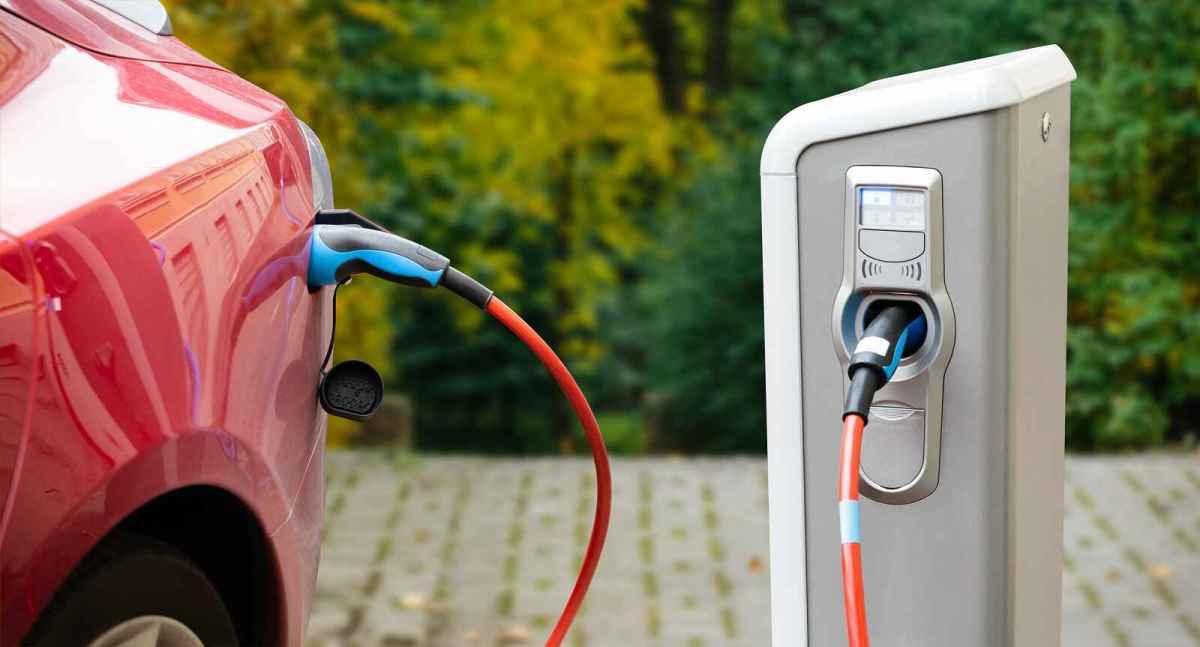And according to a recent report from BloombergNEF, electric vehicles (EVs) may have a cheaper price tag than internal combustion engine (ICE) cars by 2027. This projection is based on the assumptions that battery prices will continue to decline, and government incentives and policies will further drive the adoption of EVs. While the prospect of more affordable EVs may seem promising, it is important to consider the potential hidden costs that may ultimately offset any initial savings.
One of the main factors contributing to the predicted cost parity between EVs and ICE cars is the rapidly falling cost of batteries. As battery technology advances and economies of scale kick in, the price of batteries is expected to continue decreasing. This trend has already been observed in recent years, with the cost of lithium-ion batteries dropping by over 85% since 2010. As batteries are a significant portion of an EV’s overall cost, these cost reductions are expected to make EVs more competitive with traditional ICE vehicles.
Additionally, government incentives and regulations are playing a crucial role in driving the adoption of electric vehicles. Many countries around the world have implemented policies to encourage the transition to electric mobility, such as tax incentives, rebates, and emissions regulations. These measures are not only aimed at reducing greenhouse gas emissions but also at stimulating the growth of the EV market. As more governments commit to phasing out fossil fuel-powered vehicles, the demand for EVs is expected to increase, leading to further cost reductions and price parity with ICE cars.
While cheaper EVs may seem like a win for consumers, it is important to consider the potential hidden costs associated with electric vehicles. One of the main concerns is the impact of increased electricity demand on the power grid. As more EVs are adopted, the demand for electricity will surge, potentially putting a strain on the grid and necessitating costly upgrades. These upgrades could result in higher electricity prices for consumers, offsetting any savings from owning a cheaper EV.
Furthermore, the disposal of batteries and other electronic components in EVs poses a significant environmental challenge. While EVs are touted as a cleaner alternative to ICE cars, the production and disposal of lithium-ion batteries have their own environmental impacts. The extraction of lithium and other minerals used in battery production can lead to environmental degradation, while the disposal of spent batteries raises concerns about e-waste management. Addressing these environmental concerns could require additional investments and regulations, potentially increasing the overall cost of EV ownership.
In addition to environmental concerns, the shift to electric vehicles may also have broader economic implications. As the automotive industry transitions towards electrification, traditional automotive jobs in manufacturing, maintenance, and repair may be displaced. While new opportunities in EV manufacturing and technology may emerge, the transition could potentially disrupt existing supply chains and labor markets. Governments and industries will need to invest in retraining programs and workforce development to ensure a smooth transition to a more electrified transportation sector.
Overall, the projected cost parity between EVs and ICE cars by 2027 is a significant milestone in the development of electric mobility. However, it is important to recognize that the true cost of owning an electric vehicle goes beyond the initial purchase price. As we transition towards a more sustainable transportation system, it will be crucial to address the potential hidden costs and challenges associated with electric vehicles. By investing in infrastructure, regulation, and innovation, we can ensure that the benefits of electrification outweigh the potential drawbacks, creating a cleaner and more sustainable future for all.
